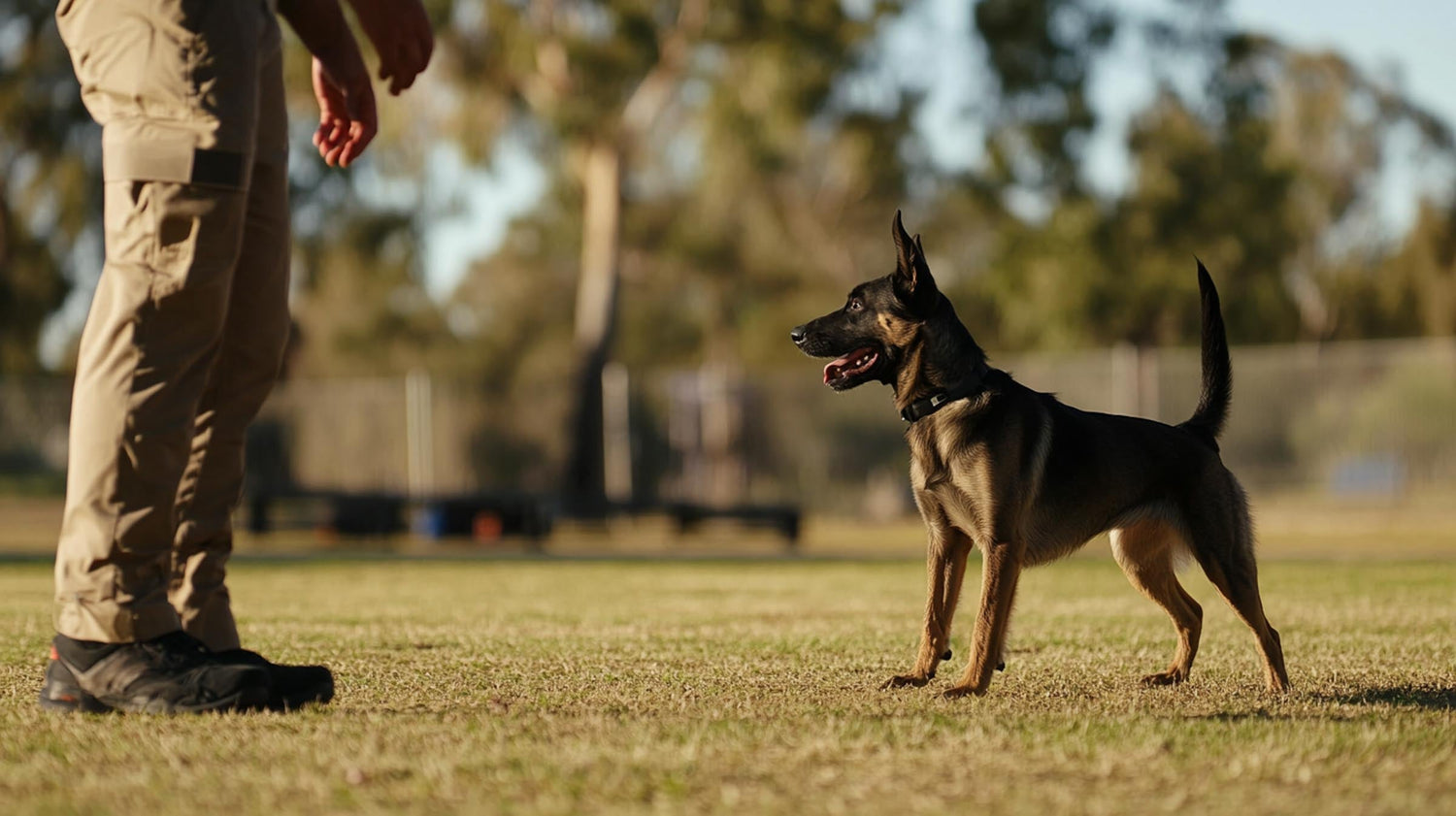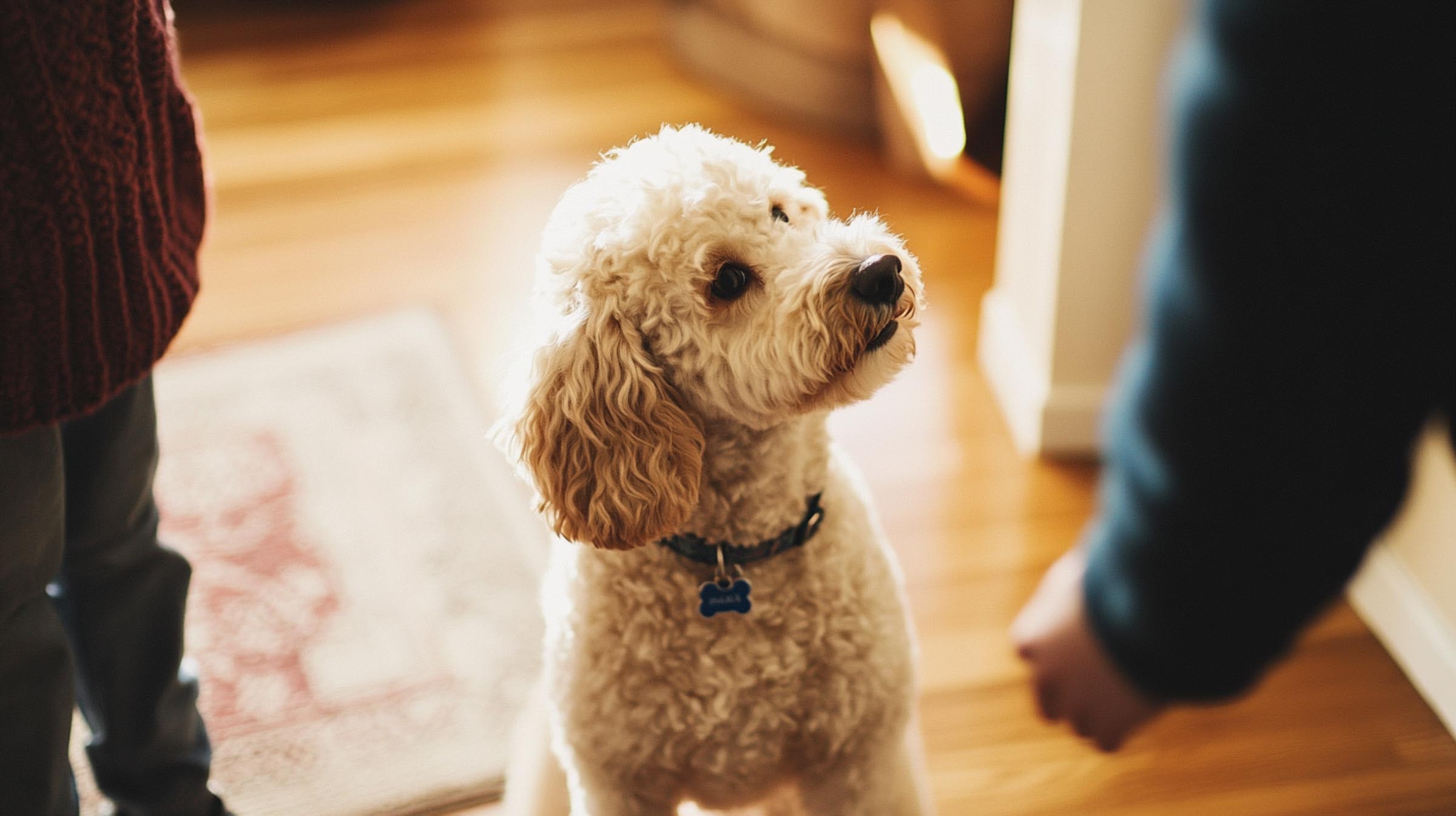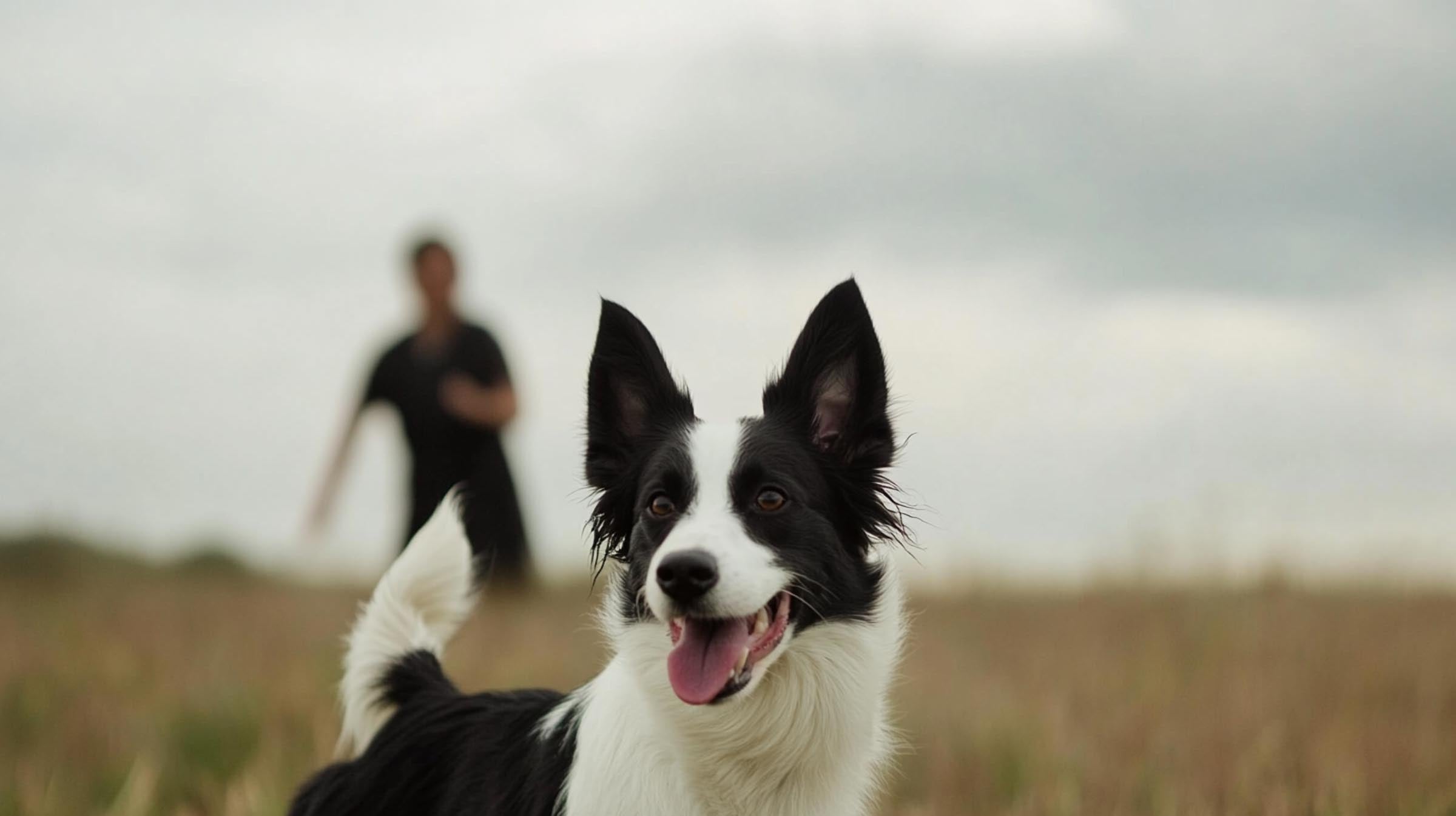Training your dog to be reliable off-leash requires time, patience, and consistency. The timeline for success depends on your dog's breed, temperament, age, and previous training experience. While some dogs may master off-leash skills in a few weeks, most require several months of structured practice to become fully dependable. Let’s dive into the key factors and strategies that will help you understand how long off-leash training takes and how to navigate each stage effectively.
Summary
- Off-leash training typically takes several months, depending on the dog’s breed, temperament, and prior training.
- Start with basic obedience in low-distraction areas before introducing more challenges.
- Daily, short training sessions work best—about 10-15 minutes per day.
- Expect setbacks and regression, and don’t hesitate to return to basic commands when needed.
- Consider professional training if your dog struggles with recall or has behavioural issues like a strong prey drive.
Key Factors That Affect Off-Leash Training Time
Before diving into a step-by-step training plan, it’s important to recognise the main factors that can impact how long it takes to train a dog to be off-leash. Knowing what to expect will help set realistic goals for you and your dog.
- Breed Characteristics: Some breeds, like Border Collies or Labradors, are easier to train due to their natural inclination to follow commands, while breeds with a strong prey drive, such as hounds or terriers, may take longer.
- Temperament: A dog’s personality plays a significant role. High-energy dogs might struggle to focus, while more laid-back breeds may respond faster.
- Age and Maturity: Puppies are more easily distracted and may require extra time to develop the focus and impulse control needed for off-leash reliability.
Tip: Keep in mind that younger dogs and breeds with strong prey instincts may require more time and patience. If your dog tends to get distracted, focus on building their ability to maintain attention on you over time.
Week-by-Week Training Breakdown
Breaking your dog’s off-leash training into a clear timeline with goals at each stage can help guide the process. Here’s a general week-by-week breakdown that offers actionable steps along the way.
- Weeks 1-3: Focus on building a solid foundation of basic commands like "sit," "stay," and "come" in a quiet environment with minimal distractions.
- Weeks 4-6: Gradually introduce mild distractions, such as other dogs in the distance, while practising recall on a long leash.
- Weeks 7-10: Start practising in enclosed spaces like fenced parks. Continue to test commands and ensure your dog is reliable with a recall command in 80% of situations.
- Week 11 and Beyond: Transition to higher-distraction environments. This stage requires careful monitoring to ensure your dog remains focused despite increased distractions.
Tip: Keep a training journal to track your dog’s progress, noting which distractions were manageable and where challenges occurred. This will help you adjust future sessions accordingly.
Managing Setbacks During Off-Leash Training
Regression is normal, especially when your dog is introduced to new distractions or unfamiliar environments. Knowing how to handle these setbacks will ensure your dog continues to progress without frustration.
- Identify the Trigger: Was there a specific distraction or change in the environment that caused your dog to lose focus?
- Reinforce Basic Commands: If your dog struggles, return to practising commands in a lower-distraction setting to rebuild confidence.
- Increase Rewards: During periods of regression, use higher-value rewards to reinforce focus and positive behaviour. Offer their favourite treats or toys when they respond well.
Tip: Be patient and avoid punishing your dog for mistakes during setbacks. Positive reinforcement strengthens your dog’s willingness to work with you, even during challenging moments.
Knowing When to Seek Professional Help
Some dogs may hit roadblocks in off-leash training that require professional assistance. Whether your dog has behavioural issues or struggles with recall despite consistent effort, here’s how to decide if it’s time to call in a pro.
- Consistent Recall Failure: If your dog continually ignores recall commands, it may be time to bring in a professional trainer for more advanced techniques.
- Behavioural Concerns: Fear, aggression, or anxiety can prevent off-leash success. A dog behaviourist or trainer can provide specialised guidance.
- Strong Prey Drive: Dogs that tend to chase wildlife or have a strong instinct to follow their nose may need professional help to manage these impulses.
Tip: Professional dog trainers or behaviourists can offer tailored advice and training strategies to help break through any plateau your dog might encounter.
Group Training Classes Can Accelerate Progress
Group training classes are an excellent option for dogs that need practice in a controlled, distraction-filled environment. These classes provide socialisation opportunities while allowing dogs to work on their obedience and off-leash skills.
- Distraction Training: Group classes naturally include distractions, such as other dogs and people, helping your dog learn to focus despite potential chaos.
- Professional Guidance: A trainer can offer real-time feedback and personalised tips based on your dog’s behaviour.
- Structured Learning: Group classes often provide a systematic approach to training, allowing you to follow a step-by-step plan while being surrounded by others working toward the same goal.
Tip: Look for group obedience classes that offer off-leash practice sessions. This can provide your dog with the necessary skills and confidence to succeed in real-world scenarios.
Conclusion
Training a dog to be reliable off-leash is a long-term process that requires dedication, patience, and consistent practice. While some dogs may adapt quickly, most will take several months of reinforcement to become fully trustworthy in off-leash situations. Be prepared for setbacks, focus on gradual progress, and consider professional help when needed. By following a structured plan, you’ll help your dog enjoy the freedom of off-leash time safely and confidently.




Leave a comment
This site is protected by hCaptcha and the hCaptcha Privacy Policy and Terms of Service apply.